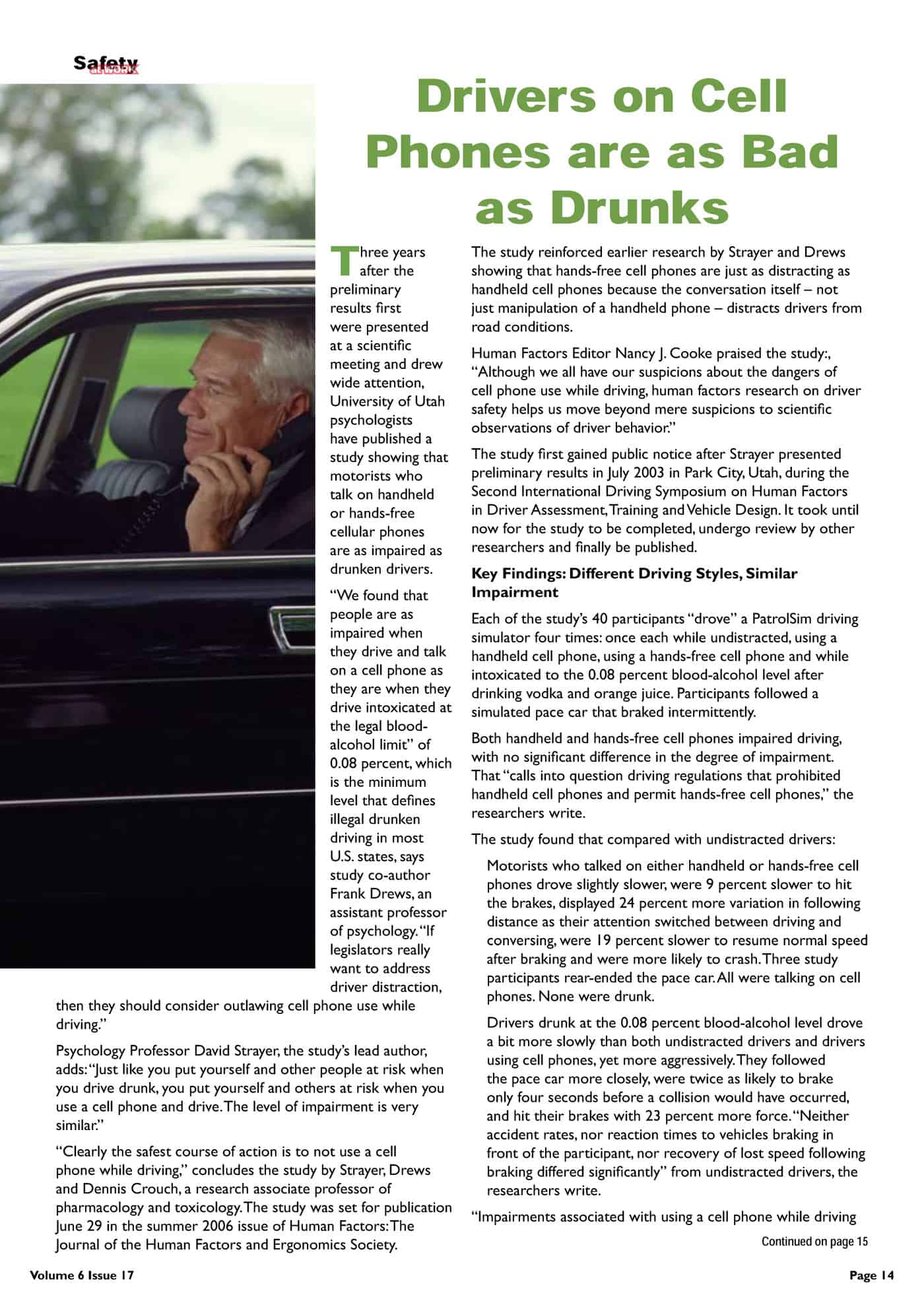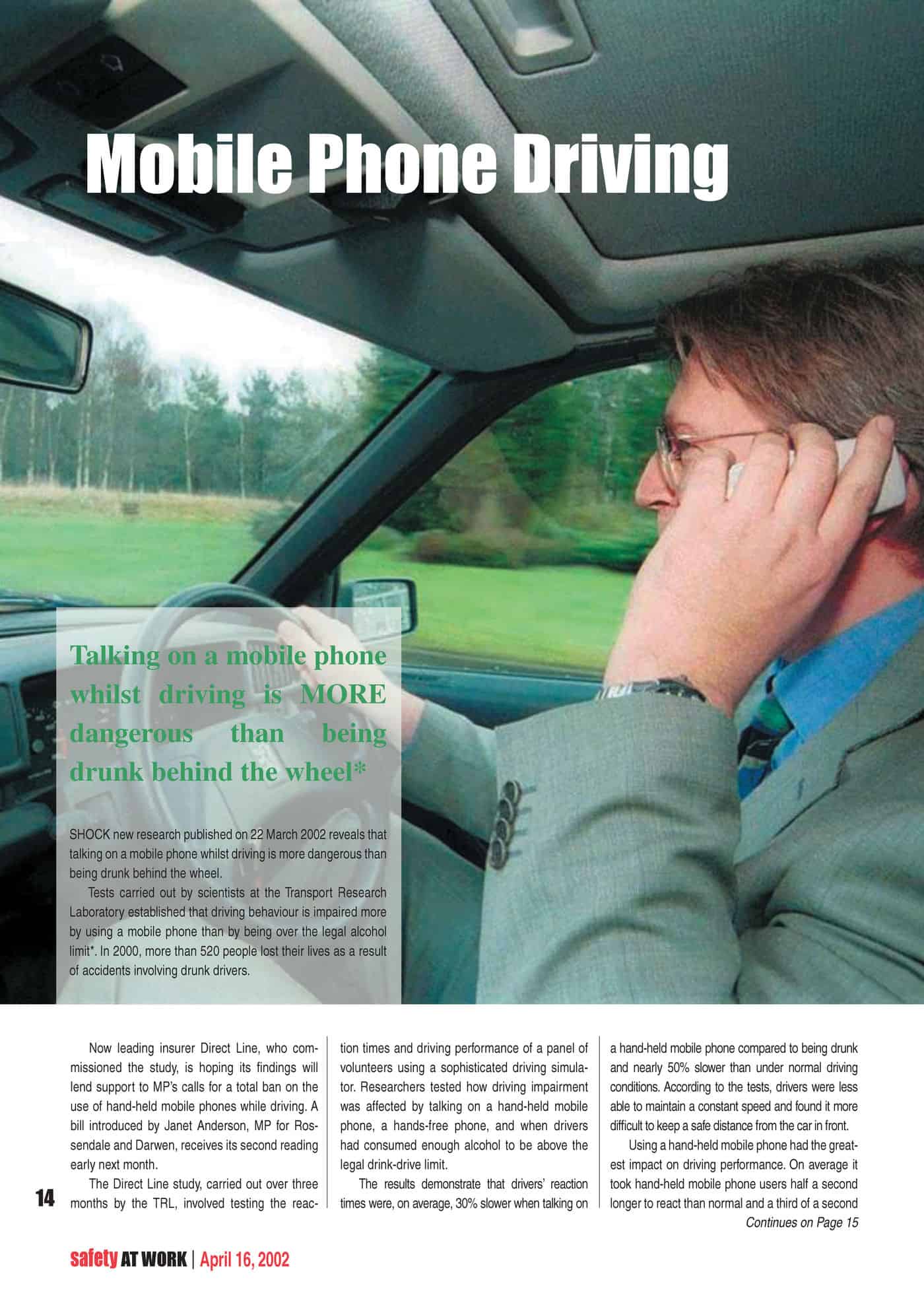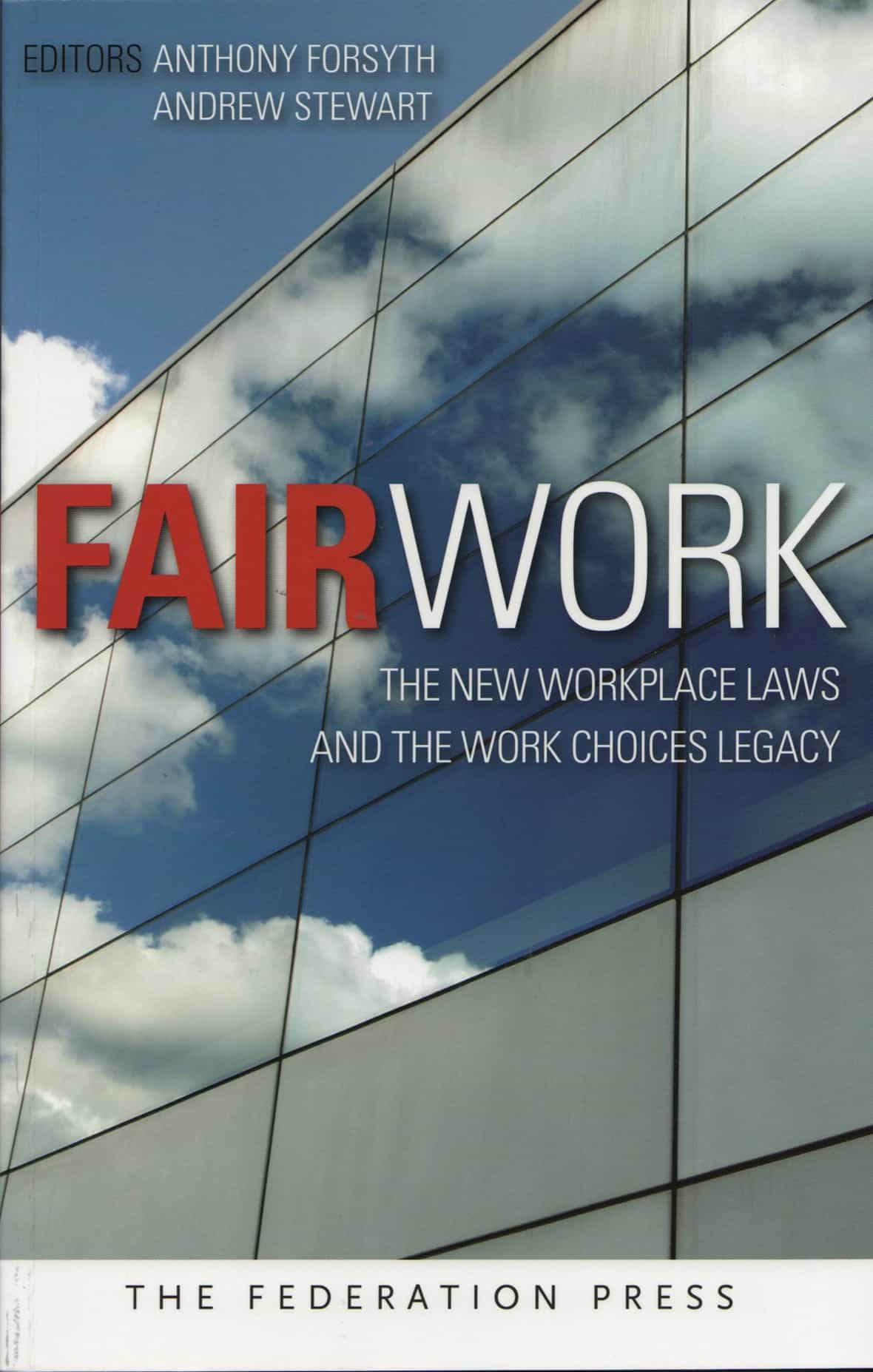US research scientists have released a new article about assessing the exposure risk of nanomaterial. Treye Thomas, Tina Bahadori, Nora Savage and Karluss Thomas have published “Moving toward exposure and risk evaluation of nanomaterials: challenges and future directions“.
 Refreshingly they take a whole-of-cycle approach to the materials and, even though, the conclusion is that more research is required, that they are approaching the hazard in this fashion is a very positive move.
Refreshingly they take a whole-of-cycle approach to the materials and, even though, the conclusion is that more research is required, that they are approaching the hazard in this fashion is a very positive move.
They say that nanomaterials will only become an acceptable technology if people understand the risks involved with the products.
“The long-term viability of nanomaterials and public acceptance of this new technology will depend on the ability to assess adequately the potential health risks from nanomaterial exposures throughout their lifecycle.”
This openness by manufacturers has not been evident up to now as the commercial application of the technology is early days.
The researchers advocate two elements to further investigation of nanomaterials.
“The first is metrology and developing tools to characterize and measure relevant attributes of nanomaterials, including particle size, number, and surface area. The second is lifecycle analysis of nanomaterials in consumer goods and their transformation and degradation in products throughout the lifecycle of materials.”
There are several medical articles included on the Wiley Interscience website that may be of relevance but it is heartening to see some interdisciplinary thinking in this field.

 No US State has banned the practice because social use of mobile phones has become so widespread that any ban is impossible to enforce effectively.
No US State has banned the practice because social use of mobile phones has become so widespread that any ban is impossible to enforce effectively. The industrialised world, in particular, has been wrestling with the hazard of phones and driving for well over a decade. One
The industrialised world, in particular, has been wrestling with the hazard of phones and driving for well over a decade. One  According to a 2004 report by the US National Highway Traffic Safety Administration reported by UPI (unable to find a link)
According to a 2004 report by the US National Highway Traffic Safety Administration reported by UPI (unable to find a link)
